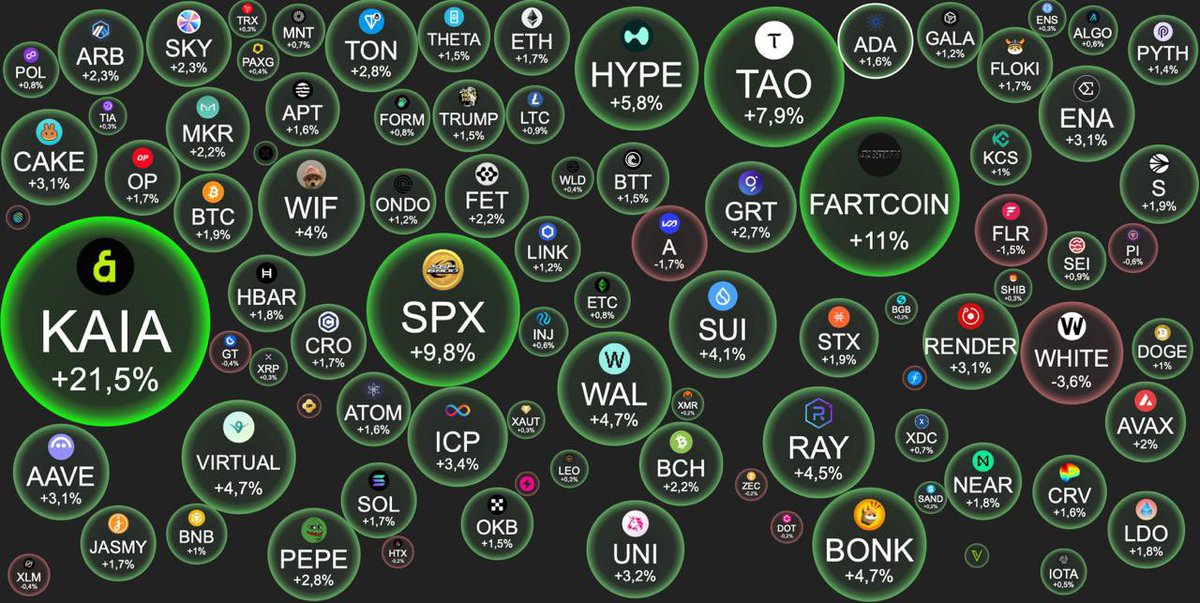Navigating the Landscape of Artificial Intelligence: A Mid-2020s Perspective
—
Setting the Stage: Why AI Captivates Our World
Artificial Intelligence (AI) has evolved from a niche academic interest into a transformative force reshaping industries, societies, and our daily lives. By mid-2025, AI’s presence is ubiquitous—from powering voice assistants and autonomous vehicles to revolutionizing healthcare diagnostics and creative processes. Yet, this rapid advancement stirs questions about the nature of intelligence, ethical boundaries, and future trajectories. This comprehensive exploration aims to demystify AI’s complex landscape while highlighting key trends, challenges, and opportunities in 2025 and beyond.
—
Understanding AI Fundamentals: Not Just Sci-Fi Anymore
Artificial Intelligence broadly refers to computer systems designed to perform tasks that typically require human intelligence. These tasks can be as straightforward as recognizing images or as complex as understanding natural language or making strategic decisions.
Machine Learning: The Heart of Modern AI
At the core of today’s AI boom lies machine learning (ML), where systems improve performance by analyzing data patterns without explicit programming. Deep learning—a subset of ML inspired by brain neurons—has enabled breakthroughs in speech recognition, image analysis, and game-playing capabilities.
In 2025, machine learning algorithms have become more efficient and capable of requiring less data, addressing previous limitations. Techniques like reinforcement learning, where AI learns through trial and error, now underlie developments in robotics and autonomous navigation.
Natural Language Processing (NLP)
NLP enables machines to understand, interpret, and generate human language. Advanced models, such as large language models (LLMs), have dramatically improved the ability to engage in coherent, context-aware conversations. These advancements not only facilitate chatbots and virtual assistants but also empower tools for generating creative content, summarizing texts, and translating languages seamlessly.
—
AI’s Expanding Horizons: Sector-Specific Insights
Healthcare Revolution
AI’s impact on healthcare is profound and multifaceted. Diagnostic accuracy has improved through AI-powered imaging analysis, spotting anomalies that human eyes might miss. Predictive models now forecast patient outcomes and disease progression, enabling personalized medicine to a greater degree.
Robotics enhanced by AI facilitate minimally invasive surgeries, improving recovery times. Moreover, drug discovery, once a lengthy process, is accelerated with AI solvers simulating molecular interactions—opening doors to faster treatments.
Finance and Business Optimization
Financial institutions deploy AI for fraud detection, risk assessment, and automated trading. Algorithms analyze vast datasets to flag suspicious transactions in real time or predict market trends. On the business front, AI-driven analytics optimize supply chains, personalize customer experiences, and automate routine tasks, dramatically boosting efficiency.
Creative Arts and Content Generation
AI’s reach into creative domains challenges traditional notions of authorship. AI systems compose music, craft visual art, and write literature with striking sophistication. These technologies serve as collaborators or tools rather than mere imitators, expanding the creative potential for artists and marketers alike.
—
Ethical and Societal Considerations in AI Development
While AI promises tremendous benefits, its proliferation raises profound ethical questions and societal impacts.
Bias and Fairness
AI models learn from existing data, which often contain human biases. If unchecked, these biases can perpetuate discrimination in hiring, credit scoring, or law enforcement. Ensuring fairness demands transparency, diverse datasets, and ongoing vigilance in algorithm design.
Privacy and Surveillance
As AI systems collect and analyze ever-larger datasets, privacy concerns intensify. Balancing utility with individuals’ rights calls for robust data governance and regulatory frameworks that evolve alongside technological capabilities.
Job Displacement vs. Job Creation
Automation threatens to displace routine jobs, sparking fears about employment futures. At the same time, AI creates new roles in development, maintenance, and oversight. Smooth transitions require strategic workforce upskilling and social safety nets.
Autonomy and Accountability
The growing autonomy of AI systems—such as in autonomous vehicles or decision-making algorithms—raises questions about responsibility. Clear rules and accountability mechanisms are essential to navigate potential harms or errors.
—
The Road Ahead: Future Trends in AI
Explainability and Trust
As AI systems grow more complex, making their decisions understandable is paramount. Explainable AI (XAI) aims to provide transparent insights into algorithmic reasoning, fostering user trust and regulatory compliance.
Collaborative AI
Rather than replacing humans, future AI models are likely to serve as collaborative partners—augmenting human skills rather than supplanting them. This synergy promises enhanced creativity, problem-solving, and productivity.
Edge AI and Ubiquity
Processing AI tasks directly on devices (edge AI) rather than relying on centralized cloud servers reduces latency, enhances privacy, and expands AI applications in mobile devices, IoT, and industrial sensors.
Ethical AI by Design
More organizations embed ethical considerations from the design phase forward, implementing frameworks that incorporate fairness, transparency, and accountability as core values.
—
Conclusion: Embracing AI’s Multifaceted Journey
AI in 2025 stands at the crossroads of astonishing capabilities and critical responsibilities. Its role expands daily, touching households, markets, and governments. Yet, each step forward invites reflection on navigating challenges with care and foresight.
By fostering ethical innovation, promoting inclusive growth, and staying curious about AI’s evolving landscape, individuals and communities can harness its potentials while guarding against pitfalls. The AI story is no longer confined to futuristic speculation—it is unfolding in real time, inviting us all to be both architects and stewards of its trajectory.
—
References and Further Reading
– https://www.nature.com/articles/s42256-020-00266-3
– https://arxiv.org/abs/2005.14165
– https://dl.acm.org/doi/10.1145/3292500
– https://www.weforum.org/agenda/2024/03/how-ai-is-transforming-every-industry/
– https://www.brookings.edu/research/algorithms-and-bias/
– https://www.wired.com/story/a-guide-to-ai-explainability/











